News
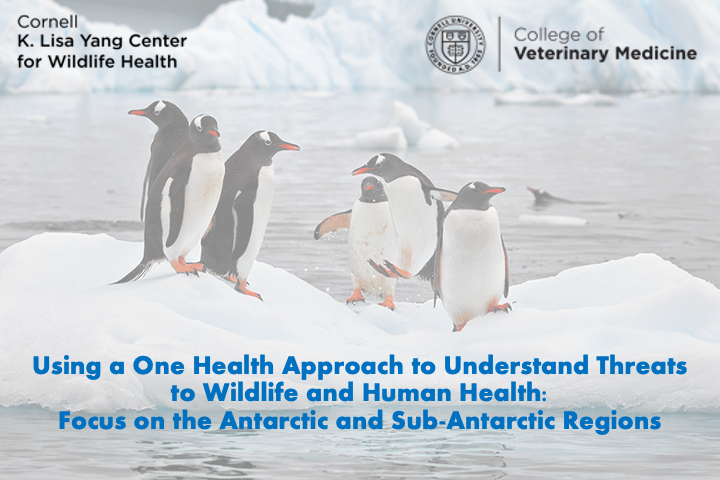
Video
February 05, 2025
In this eCornell keynote, Drs. Amandine Gamble and Marie Bouilloud share their recent fieldwork experiences in the Antarctic and sub-Antarctic regions to help illustrate how wildlife health is connected to human activity, even thousands of miles away.
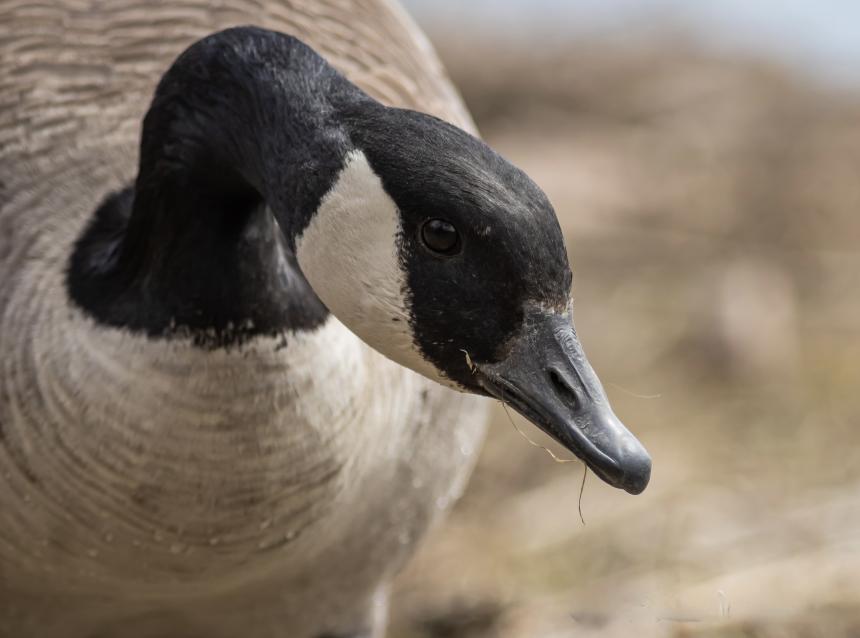
February 03, 2025
Five species of commonly hunted waterfowl in the northeast Atlantic Flyway were found to harbor contaminants that could impact the health of the birds, as well as the hunters and others who consume them.
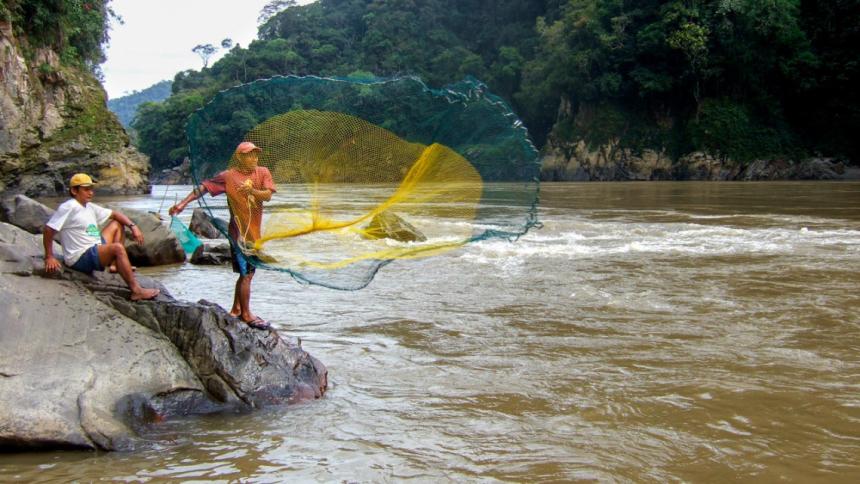
January 30, 2025
Smaller fish species are more nutritious, lower in mercury and less susceptible to overfishing, a Cornell-led research team has found.
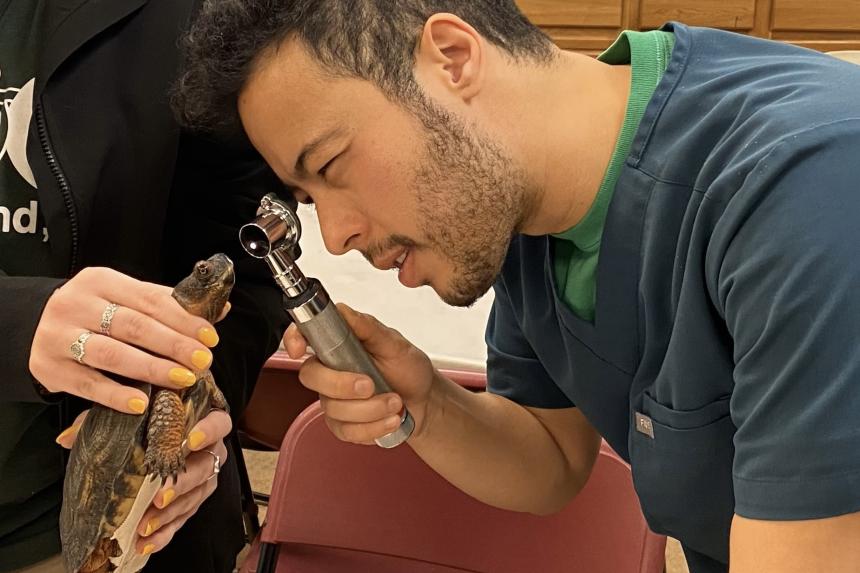
News
January 27, 2025
Cornell alumnus Julian Rivera, DVM ’18, has found his niche as the Clinical Veterinarian at the Staten Island Zoo. His path from veterinary school to zoo medicine illustrates both the opportunities and challenges faced by aspiring wildlife veterinarians.
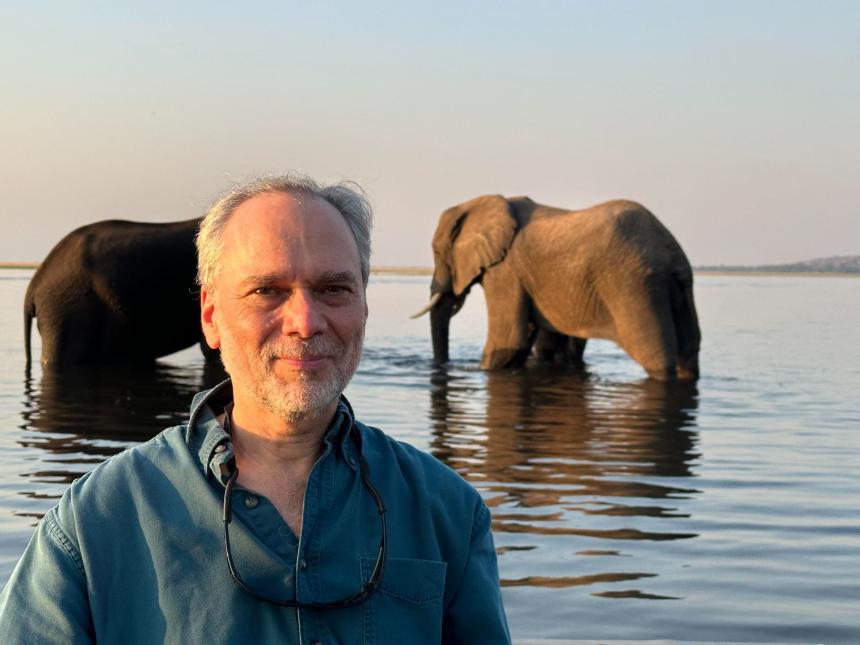
Blog
January 25, 2025
Dr. Steve Osofsky, director of the Cornell K. Lisa Yang Center for Wildlife Health, reflects on a transformative year, and looks forward to leading the way in shaping how the center can help tilt the scales back toward the type of environmental stewardship we ourselves need to survive as a species.
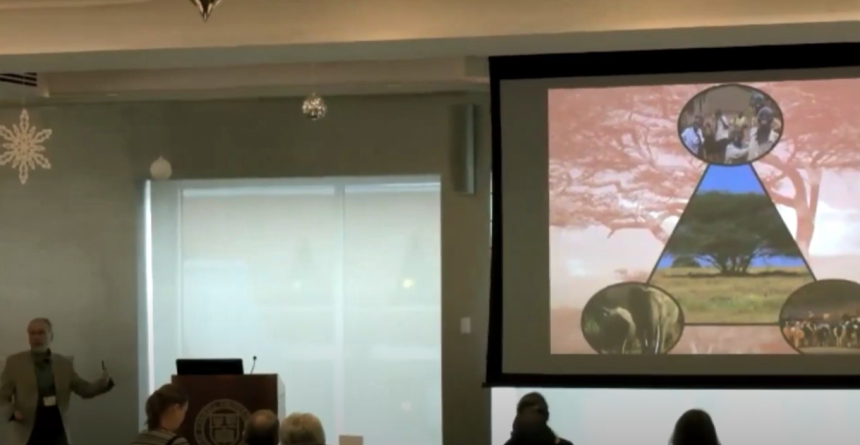
Video
January 24, 2025
Professor Steve Osofsky was invited to give the keynote address, “Birthing Planetary Health: A Midwife’s Tale,” at the Sustainable Cornell Summit 2024.
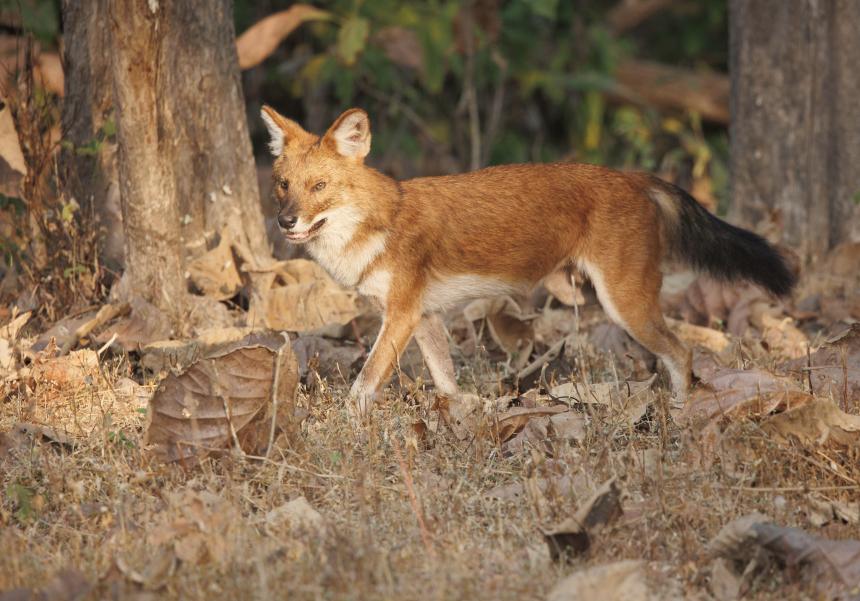
January 22, 2025
A meeting of wildlife conservationists to develop a National Species Action Plan for Dholes in Nepal was held from August 9-11, 2024. Also known as Asiatic wild dogs, dholes are a globally endangered species of wild canid that has been lost from more than 75% of its former range due to habitat destruction, loss of prey, persecution, and disease.
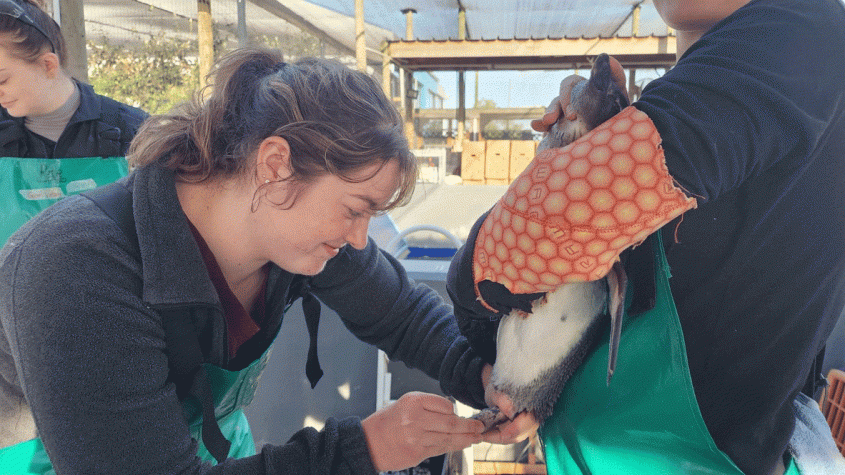
Blog
December 23, 2024
There’s one thing about working in wildlife rehabilitation medicine that you don’t realize until you are actually doing it — you want your patients to hate you.
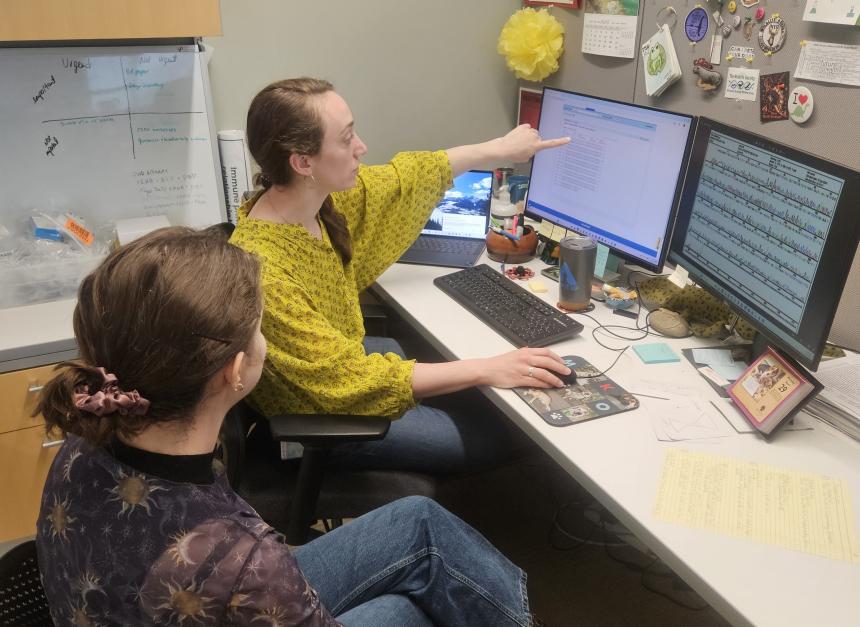
Blog
December 19, 2024
My role within the Cornell Wildlife Health Lab (CWHL) is a grab bag of all things related to molecular biology - meaning that no two days are ever alike, and I never do all the different parts of my job in a single day....
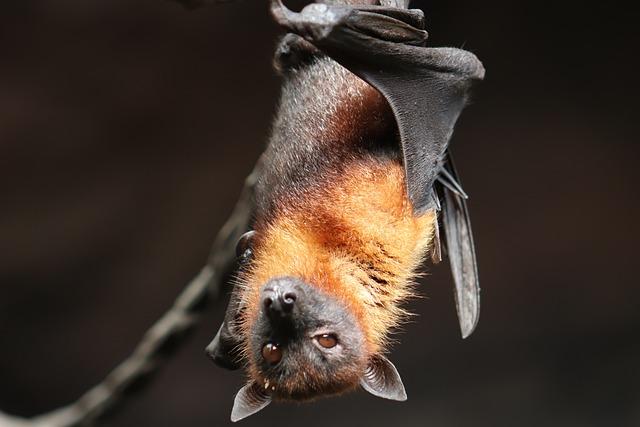
December 17, 2024
A new combination of climate and habitat crises, along with immune system stress, is driving more bat-borne viruses to afflict us. Cornell's Dr. Raina Plowright discusses how any public-health intervention to prevent future pandemics will need to tackle the whole environmental tapestry.
